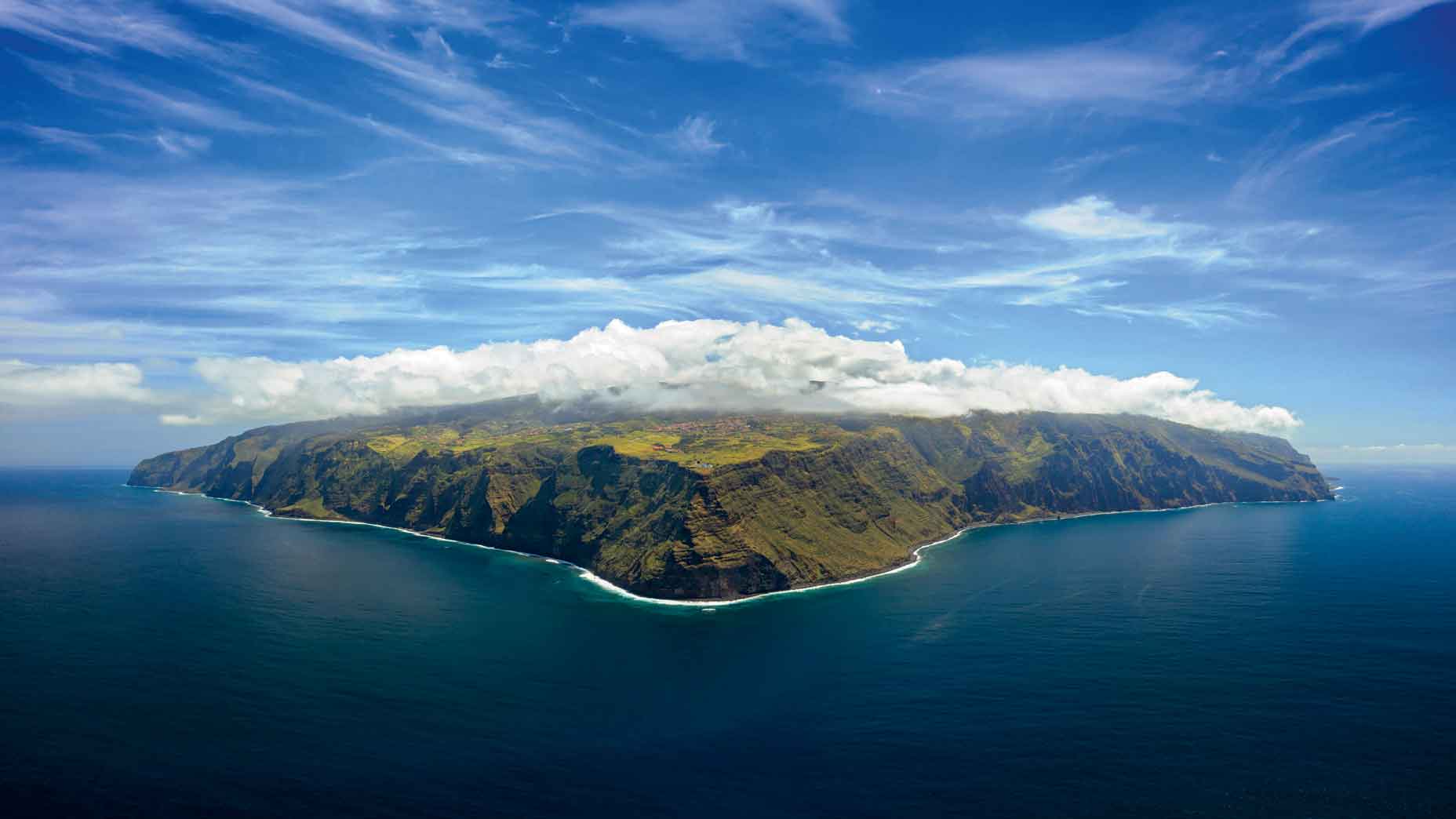 Sleepy Hollow boasts every amenity imaginable — including one that’s right on target
Sleepy Hollow boasts every amenity imaginable — including one that’s right on target
Where I played: A round at the Links at Perry Cabin, Pete Dye’s final design
Welcome to our “Where I played…” series, in which a resident GOLF staffer runs through a recent day at a course you might play in your future. On this occasion, we’re heading to the Links at Perry Cabin in St. Michaels, Md.
Pete Dye, a giant of American golf architecture, died earlier this month at 94, leaving behind a vaunted body of work that includes TPC Sawgrass, Whistling Straits, Harbour Town and Crooked Stick, to name just a few. Among his many courses, the Links at Perry Cabin holds this distinction: it lays claim to being Dye’s final design.
Like a number of Dye projects, this was a collaboration with his late wife, Alice, and their, son P.B. Dye. When they took on the job, in 2015, the Dyes referred to it as a “family mulligan” because Pete had been on the site before, in the late 1960s, to put the final touches on a layout that his brother Andy had begun. That course opened in 1971 as Martingham Golf Course and later changed its name to Harbourtowne (not to be confused with Dye’s Hilton Head project). But little of the original design remains. Taking their “mulligan” seriously, the Dyes tore up the grounds and started from scratch. The result isn’t meant to be a montage of greatest hits, but it bears Dye’s vivid imprint, with lively fairway mounding, imposing bunkers set at clever angles and water hazards that invite heroics but also allow bailouts for the faint of heart. There’s even an island-green par-3, the 17th hole.
Course: Links at Perry Cabin, St. Michaels, Md.
My tee time: 8 a.m. on a bright blue autumn morning
Course type: Resort/private
How I got on: Media sneak-peek
Difficulty: You can definitely lose some balls here, especially when the wind kicks up. But it’s plenty manageable if you don’t overreach. The course operates as both a private members club and as an amenity for guests of the Inn at Perry Cabin, a popular destination on the Eastern Shore of Maryland, so it’s designed to be a customizable challenge: fearsome from the tips yet friendly if you play it from the forward tees.
How to get there: Do you own a yacht? You could boat there. But chances are you’ll drive. It takes about 90 minutes from the D.C. area, or the Baltimore airport, which was my starting point.
Fun fact: Good monikers make good marketing. Dye dubbed the closing three-hole stretch here the “Goodnight Kiss” — an experience meant to linger in your memory long after the final putt has dropped. It starts with a short par-4 that’s complicated by a prominent fairway bunker and breezes off the Chesapeake Bay; progresses to a Sawgrass-like island-green par-3; and wraps up with a water-laden beast of a par-4 that plays 487 yards from the back tees. Dye had a less printable nickname for this one. He called it his “F— You!” hole.
ADVERTISEMENT

Notable and favorite holes: The “Goodnight Kiss” lives up to billing. You don’t forget it. But I was partial to the par-5 14th hole, which has all the elements a Dye fan might expect. It’s a sharp dogleg right, with a long water hazard on the right, which itself is paralleled by a long bunker. You can reach this one in two, but the bold line requires you to risk rinsing your tee shot. And the approach to the green narrows through a daunting corridor, with water left and pot bunkers on the right.
I loved: The same thing that I’ve loved about so many Dye courses: the visual drama and deception. So many daunting looks that make you pause and doubt on your way to a decision until you finally realize that you’ve been given far more options than you noticed at first blush.

I didn’t love: Parts of the course run through a housing development, and while the homes don’t encroach, they do dislocate you from the nearby water, so you feel less of a connection to what are otherwise beautiful Chesapeake Bay surrounds.
Parting thought: Dye’s work seems to arouse strong feelings in both directions. I’ve always been a huge fan. If you’re similarly fond of the features he’s known for, you’ll find them here. Not cranked up to 11, but in clear evidence throughout.
To receive GOLF’s all-new newsletters, subscribe for free here.
ADVERTISEMENT





